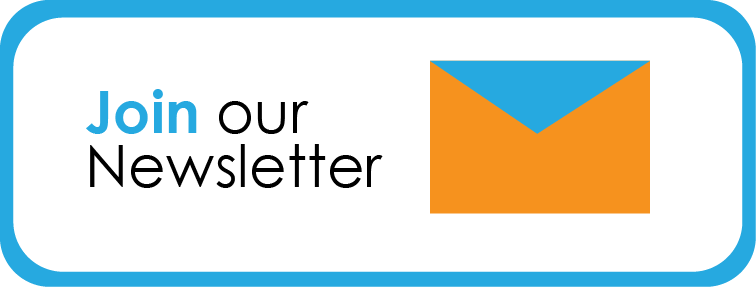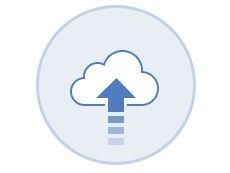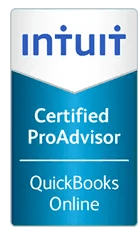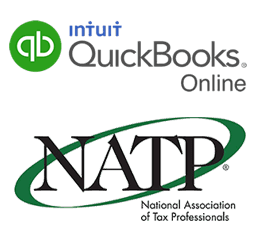Layering Your Bank Accounts
Renee Daggett • July 29, 2022
For years, savings and checking accounts provided very little in the way of interest income. In our current inflationary times, however, interest rates are on the rise. What is also on the rise is the comeback of traditional banking products.

Here is a review of how your bank accounts traditionally work together as a team to provide you the best security and value for your money.
The checking account: 30 days of funds
- Primary Purpose: Checking accounts enable financial transactions. So store enough money here to pay immediate expenses. With checking accounts, you're allowed numerous withdrawals and unlimited deposits. The tradeoff for having an account where cash is available at a moment's notice is usually a much lower (or practically non-existent) interest rate.
Action Item: Determine what your 30-day cash needs are and limit the available cash in your checking account to this amount. Also consider setting up a link to another account. Most banks allow this so you do not have overdraft fees. Consider looking for a checking account that also allows an automatic sweep function of excess funds into a higher-interest savings account.
Basic savings account: 2 to 6 months of funds
- Primary Purpose: To store your money in a secure location so you can use it to pay periodic expenses that are expected over the next 2 to 6 months. This is also where many store their emergency fund. While these accounts typically pay only a modest amount of interest, their safety and reliability make savings accounts a great choice for stashing cash you want available sometime within the next 12 months. This is often also your overdraft buffer in case your checking account gets overdrawn.
Action Item: Calculate your anticipated periodic expenses over the next 6 months, and limit the cash in your savings account to this amount. You don't want the balances too high, as you can typically get better interest in other bank products AND if a thief gets access to your debit card, you can limit the damage they do if this savings account is linked to your checking account.
Higher-interest bank accounts: Lots of choices
- Primary Purpose: There are several types of bank accounts for storing your money beyond what you need for short-term expenses. High-yield savings accounts, money market accounts, and certificates of deposit (CD's) all provide at least 10x the interest return compared to a regular savings account. But in return for a higher interest rate, there are rules that govern how long you need to leave your money untouched in these accounts.
Action Item: Review your bank's alternatives for longer-term savings. Pay attention to interest rates and how often they adjust with the market. If CD's are your bank's strength, consider building a ladder of expiration dates to make your money more available. On high-yield accounts, the interest rate often increases with higher balances, so know what products these are. It's also a good idea to talk to your banker to review your options.

















